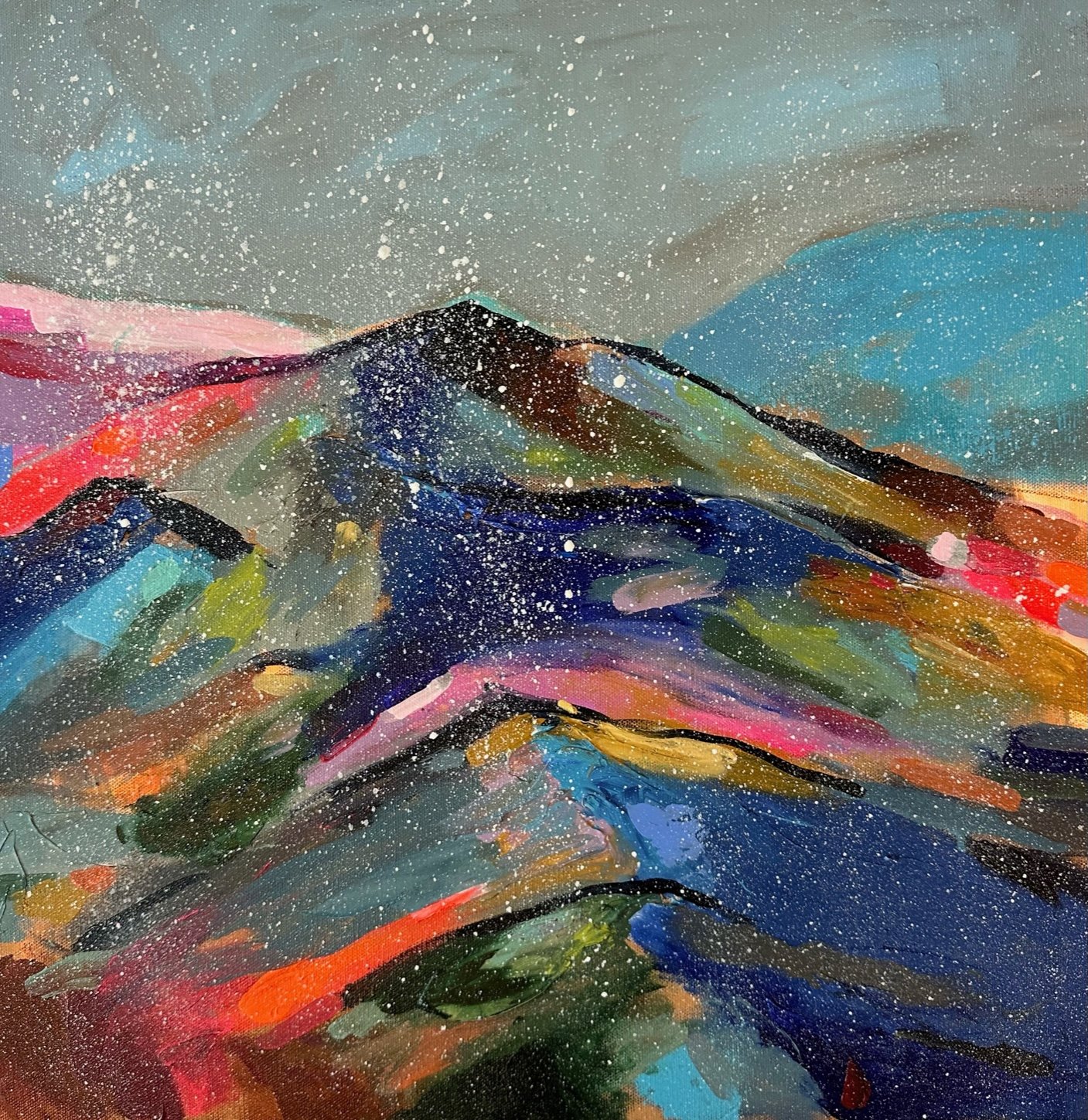Museum of white mountains
Alpenglow and Mout Washington
What is Alpenglow-Alpenglow is a beautiful natural phenomenon that occurs when the sun is just below the horizon, casting a reddish glow on the mountains. This glow is caused by the scattering of sunlight by particles in the atmosphere. The term "alpenglow" comes from the German word "Alpenglühen," which means "Alps glow." It usually happens during sunrise and sunset.
Mount Washington, the highest peak in the Northeastern United States, is a particularly stunning sight during alpenglow. As the sun rises or sets, casting its warm light on the mountain's slopes, the peak is bathed in a soft, ethereal glow. This phenomenon, known as alpenglow, creates a breathtaking view.
Why artist love to paint this glow is that during the blue and white colored winter months the Alpenglow produces a magnificent pink band of color over the mountains just for a few minutes at the horizon line.
Mount Washington and Fauvism
Fauvism is an early 20th-century art movement that uses bold colors and simplified forms. Fauve paintings are often non-representational, and the artists who created them were more interested in expressing emotion than in creating realistic depictions of the world. Henry Matisse, Andre Derain. Georges Braque, Maurice de Vlaminck and Raoul Dufy were Fauvism painters. These were the painting giants that helped me delve into painting the bright foliage of New England.
The Fauve palette is a great way to capture the beauty of Mount Washington. The mountain's rugged peaks and deep valleys can be rendered in a variety of bright colors, and the Fauve style's emphasis on simplification can help to create a sense of awe and wonder. I especially use hot pink and orange to off set the greens and blues of the New England landscapes. The Fauvism painters used pinks and oranges in their work as well.
Mount Washington Painting influenced by Henry Matisse


